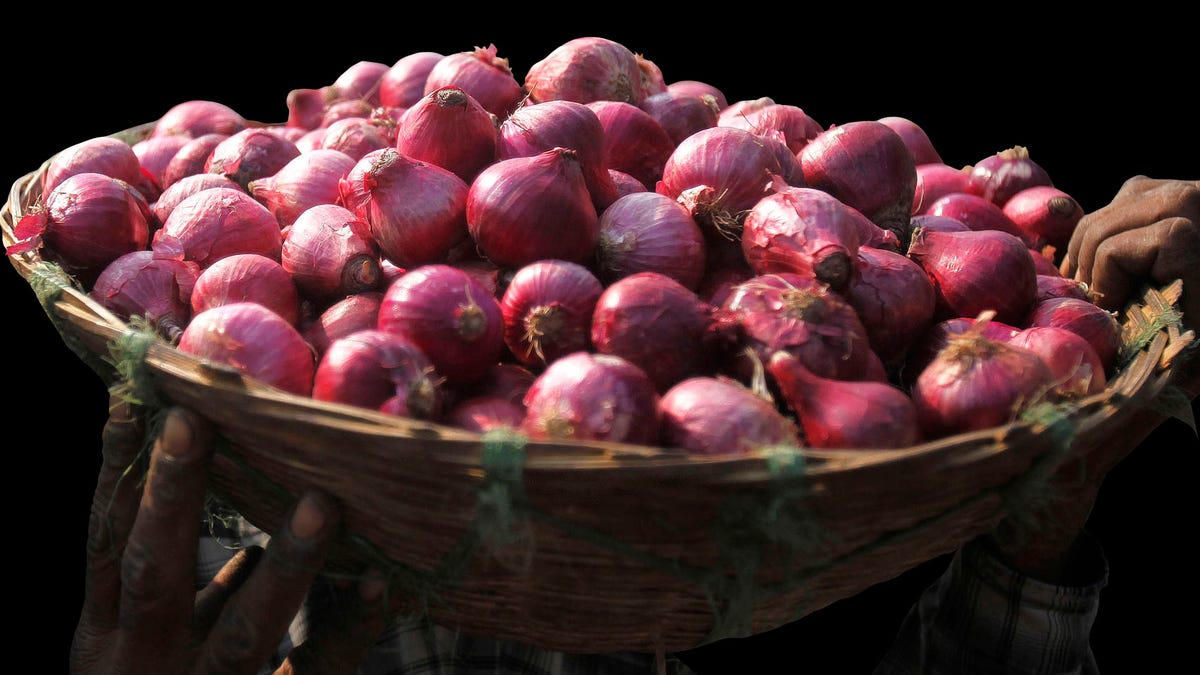
A man carries onion in a wholesale market in Gauhati, India, Friday, Dec. 31, 2010. According to new reports, a rise in vegetable prices, especially onion, pushed India's food inflation to a 10-week high in the week ended Dec. 18. (AP Photo/Anupam Nath) (AP2010)
March is national nutrition month, making it a great time to include new health-promoting foods in your diet. For this reason, I want to focus on a food group that is often overlooked, purple colored foods. When I see purple I think of elegance and royalty, and I believe you should view your health in the same way.
So, what can purple do for you? Well, it won’t make you a king or queen, but it will protect your memory, aid against cancer, slow down signs of aging, prevent inflammation and protect your heart. Purple foods are packed with antioxidants and phytonutrient flavonoids. What gives these foods their purple color is their pigmentation, which is due to their content of anthocynanins, a phytonutrient flavonoid.
We know of and commonly eat blueberries, blackberries, eggplant and black grapes. However, there are many other less common purple foods now available in the United States. Here are my top five nutrient-dense purple foods that I recommend you include in your diet.
Purple Potatoes
As a native Peruvian, I love potatoes, especially purple potatoes! They have been eaten throughout Peru for hundreds of years, and now they are enjoyed by the rest of the world. Peru is home to more than 2,000 heirloom potatoes that vary in size, color and shape. Talk about variety! Purple potatoes are a good source of fiber and potassium.
Usages: Mashed purple potatoes, roasted purple potatoes or add to soups/stews
Red Onion
This is another onion that is widely used across Latin America. Its sweet undertones make it a perfect vegetable to include with other roasted vegetables. It is also delicious raw in salads or even added to your egg dishes. Red onions are an excellent source of vitamin C. They are also high in fiber, molybdenum, and manganese.
Usages: Roasted red onions or add to salads/sandwiches
Beets
Beets have been grown for centuries, and were often cultivated strictly for their leaves. Today, we are eating the actual meat of the vegetable, which is providing us great health benefits.
Beets are an excellent source of folate and manganese. They are also high in fiber, potassium, and vitamin C.
Usages: Beet salad, roasted beets or add to shakes/smoothies
Black Rice
According to history, only emperors were allowed to consume black rice. For this reason, it was known as “forbidden” rice, and common people were not allowed to eat it. But today, everyone can eat black rice! Black rice is full of antioxidant-rich bran. It is also a good source of iron and fiber.
Usages: Fried black rice, sticky black rice or add it to soups/salads
Dried Figs
Sweet tooth anyone? You’re in luck! Dried figs will give you the phytochemicals you need, and they can also satisfy your sweet tooth. Dried figs are an excellent source of dietary fiber. They are also high in manganese, vitamin K, potassium, and calcium.
Usages: Dark chocolate covered figs, add chopped dried figs to trail mix, or have as a snack with a few nuts.
